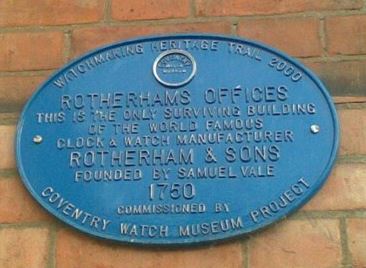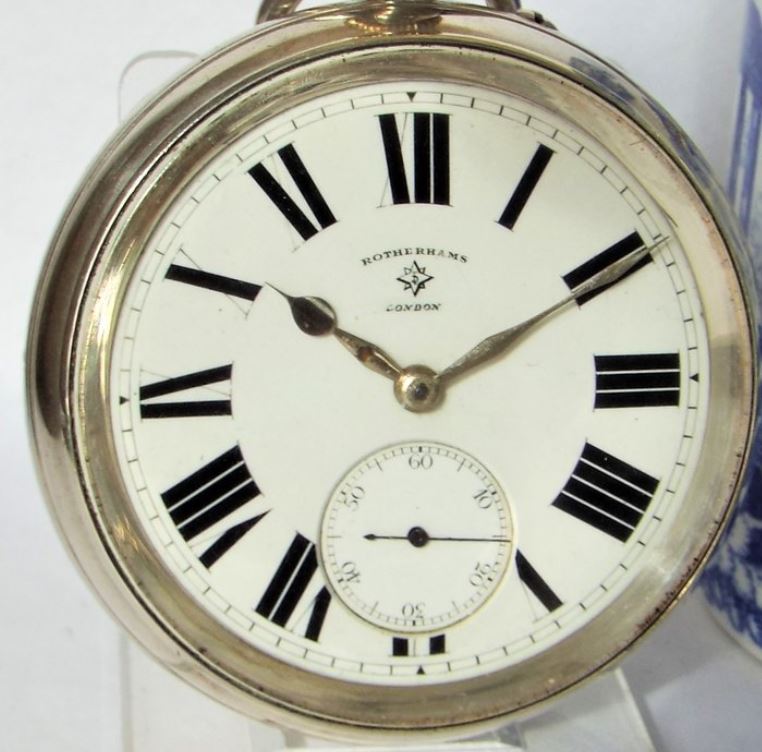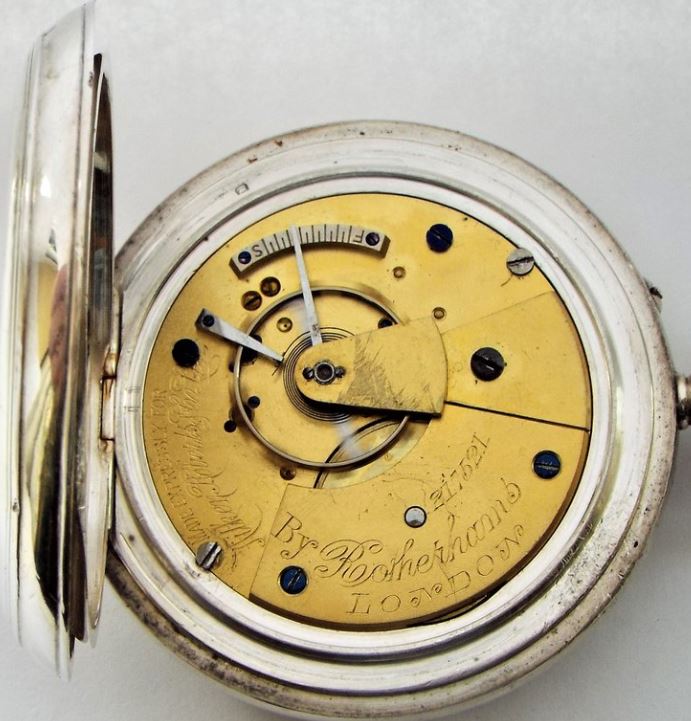I have only been interested in collecting antique watches in the last couple of years, but one name I have come across countless times, is Rotherham and Sons, the English watchmaker based in Coventry. Recently I reviewed a Rotherham’s watch I discovered online and started to look into the history of the watchmaker in greater detail. I was shocked to find that they don’t even have an entry in Wikipedia, yet they were a major English watchmaker for nearly a century.
Origins
The first clockmaker in Coventry was Samuel Watson, who was sheriff of Coventry in the 1680s. He was one of the most famous clockmakers in England and made clocks for King Charles II and Sir Isaac Newton. Coventry, in the midlands, was at the forefront of English watchmaking from the mid-1700s up until the early 20th century. During this period in Coventry, several thousand people were employed in the industry. The industry went into decline when the Swiss and American manufacturers started to mechanise their production lines, resulting in mass-produced watches at lower prices. The English watchmakers were slow to respond and the industry suffered as a result.

Rotherham and Sons was founded in 1841, however, its history dates back nearly a hundred years earlier. Around 1750 there was a Coventry-based watchmaker, named Samuel Vale. It seems that John Rotherham was apprenticed to Samuel Vale and was later registered as a partner of the company in 1790. In 1810 the partnership was listed as Samuel Vale (son of the founder), George Howlett, John Carr and John Rotherham.
Rotherham and Sons.
Richard Kevitt Rotherham, assumed son of John Rotheram, was apprenticed to the company. Rotherham and Sons emerged from the original Vale company around 1841. In the 1851 census, another 29-year-old Richard Kevitt Rotherham was listed as a resident of Coventry and employed as a watchmaker. Based on the timescales involved he must have been the grandson or great-grandson of the original John Rotherham.

Initially, Rotherham and Sons watches were assembled by traditional English hand finishing methods from components supplied by out workers. Coventry was particularly well located being in the heart of England where goods were manufactured, exchanged and dispatched to all parts of the country. The original factory was located in Spon Street, Coventry, which was a major industrial thoroughfare at the time.
Steam power
Eventually, Rotherham and Sons began employing steam-powered machinery that allowed them to produce their own movements. The parts were often interchangeable, which allowed components to be transferred between different movements. Unlike, many other English watch manufacturers they exported about half of their output to America.
Around 1890 Rotherham and Sons opened an office in London. This was probably just a marketing ploy to allow them to print Rotherams, London on their movements and dials. London probably sounded a little bit more upmarket than Coventry. Rotherham & Sons was one of the few English companies to make wristwatches. In the late 19th century, wristwatches or wristlets as they were known, were almost exclusively worn by women. The First World War changed that, as pocket watches were unsuitable for trench warfare.

Diversification
By the end of the 19th century, Rotherham’s was a major employer and manufacturer, with 400-500 employees plus approximately 200 outworkers. They were producing around 100 watches per day. In the early twentieth century, they began diversifying into engineering, producing aviation, scientific and optical instruments. There are some indications that they had manufacturing facilities in Switzerland by the 1920s. A number of Swiss made, Rotheram branded watches were available during the 1920s. In addition, The brand name, Rands was registered by Rotherham & Sons (R and S) of London and La Chaux-de-Fonds in 1928. In 1931 H. Williamson Ltd collapsed and their factory in Buren, Switzerland was taken over by a Swiss concern. In 1932, Rotherham & Sons took over the agency for importing Buren watches into the UK. By the late 1940s, watch manufacturing by Rotherham & Sons had largely ceased. The company was bought out in 1958 and it is not believed to have made clocks after this date.
This is about all I have been able to piece together about Rotherham’s. Hopefully, someone with more knowledge than myself will one day be able to provide a complete history or perhaps a Wikipedia entry. In the meantime, I will keep on the lookout for an antique pocket watch by Rotherham and Sons.
Related content
Rotherham and Sons at the British Museum.
Read about other Manufacturers and Makers.